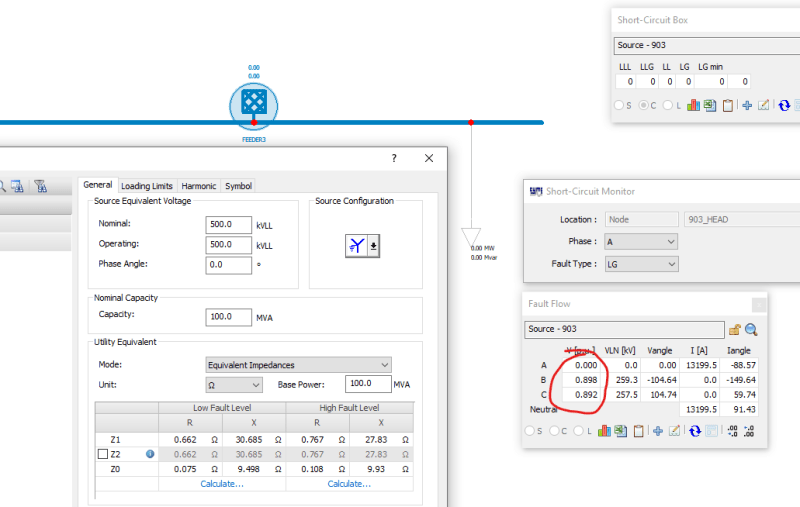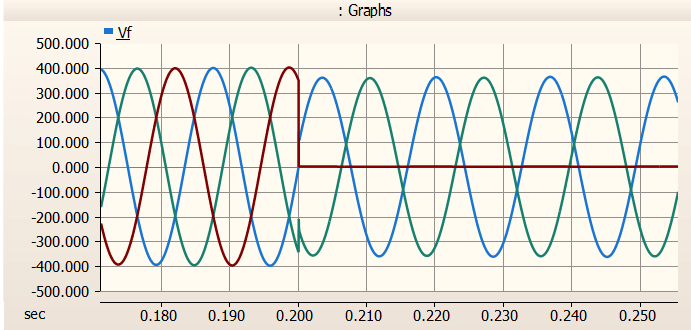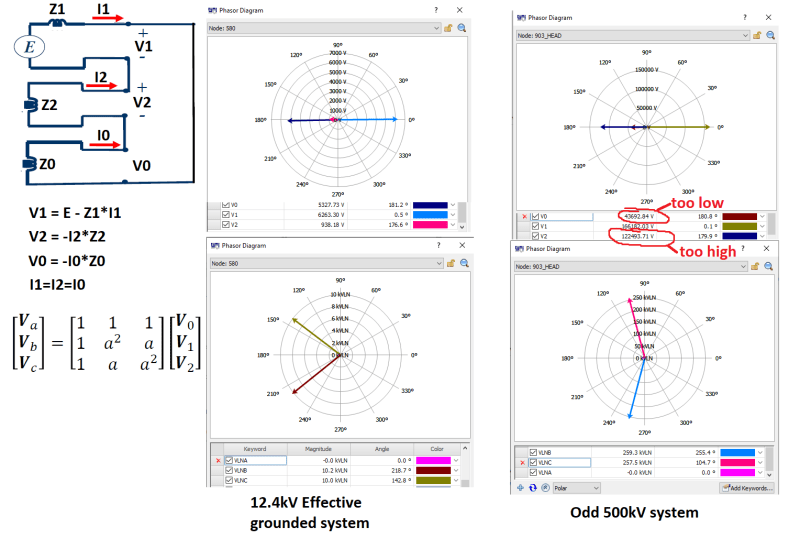protoslash
Electrical
- Jul 19, 2018
- 67
Hi
I have an effective grounded 500kV system. If I apply a single phase to ground fault, I expect the fault phase to ground voltage to be 0 at the point of the fault, while the other two healthy phase to ground voltage to increase (amount affected by system grounding).
However the simulation actually shows the healthy phase phase to ground voltage also decreased at the point of the fault. Anybody have an explanation to why the voltage decreased instead of increase?


I have an effective grounded 500kV system. If I apply a single phase to ground fault, I expect the fault phase to ground voltage to be 0 at the point of the fault, while the other two healthy phase to ground voltage to increase (amount affected by system grounding).
However the simulation actually shows the healthy phase phase to ground voltage also decreased at the point of the fault. Anybody have an explanation to why the voltage decreased instead of increase?



